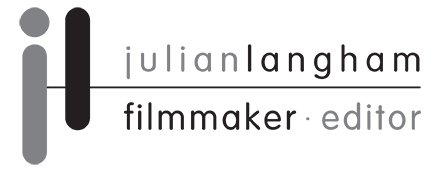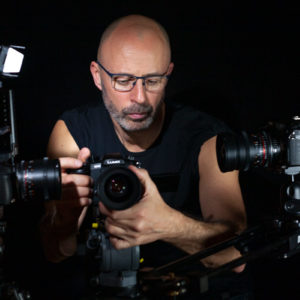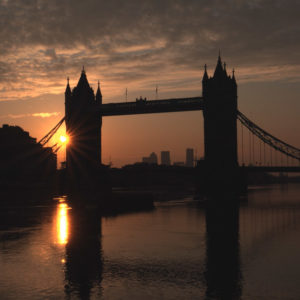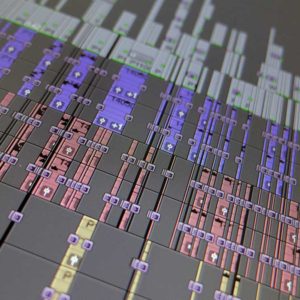To help other filmmakers when filming interviews indoors I’ve composed a list of ten points to consider before the interview takes place. Considering these different points will help ensure a successful outcome for you and the client when being asked to produce a new film or video.
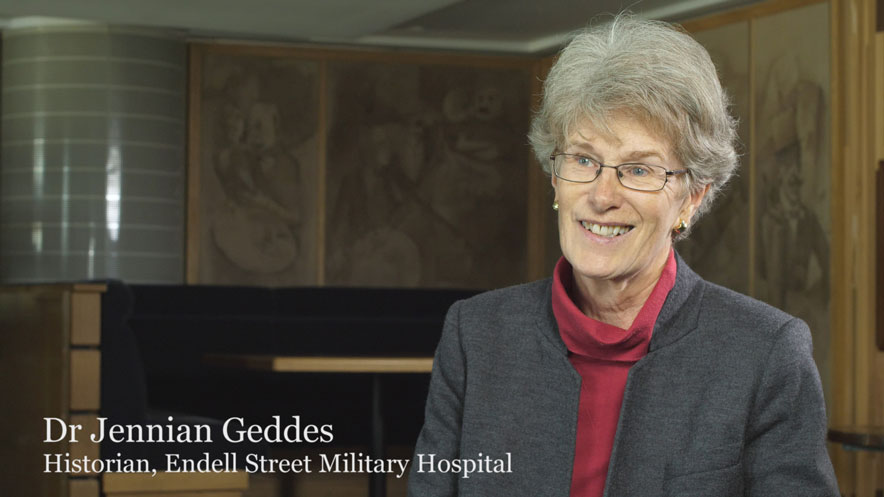
10 points to consider when filming interviews indoors
Working as a filmmaker in London I do my best to support the productions of all my clients. When filming interviews indoors a filmmaker needs to consider all the following points when being asked to produce a new video to optimize the outcome for prospective clients.
1. Production management
Good timekeeping is essential when carrying out a pre-arranged filming schedule. It is important to realise that additional time to that schedule may be required for setting up purposes, especially if furniture and equipment may need to be moved around to create a visually pleasing background or set. Personally, I prefer to arrive at a filming location at least 30 minutes early if carrying out a one-camera interview or 60 minutes early for a two-camera interview. This usually gives me sufficient time to set up my camera equipment before interviews are due to begin.
2. Location suitability
This is most important as, to achieve the most flexibility of possible camera angles, I would usually prefer to use the largest space available. An empty space can be ideal or a room that is as free of furnishings as possible. A large space enables me to concentrate the focus on the subject of the filming and throw the focus of the background i.e. with the background in soft focus. A small room with limited space is very restricting when trying to create the right ambience even for a one-person, one-camera interview.
3. Filming background
Consider what is going to be provided behind the interviewee? In the best-case scenario, indoor filming will take place in an aesthetically pleasing location with a mixture of textures, patterns, and colours. The worst-case scenario is a plain, cold room with no interesting colour or features. My aim is to make my video images look visually interesting and engaging so consideration of the background behind the subject is very important.
4. Set aesthetics and design
Before the filming takes place, it is important to assess how the designated space will appear on film. Can the visual setting be adjusted to make it more interesting? Perhaps plants or stylish furniture could be moved about so that it makes it more attractive rather than just a person sitting in a chair with a possibly unsuitable background which could be visually detrimental to the video project. Here, we are attempting to make the whole frame and film more interesting.
5. Filming with two cameras
When filming with two or more cameras you will require much more space than with one camera so that you can film the second camera angles from the correct perspective. You will also need an interesting background and set design for alternative shots from different cameras. When tightly editing together contributor sync sound a variety of camera angles can be very useful to make the edit work better.
6. Sound quality
The room needs to be as quiet as possible for filming interviews indoors. This will enable the best quality sound recording, as microphones are very sensitive. Any air conditioning units will need to be turned off or they will create a continual hum in the background, which may not normally be noticeable but will be very apparent when listening back to the audio recording. Small empty hard rooms can cause unwanted echoes so how the room sounds should be taken into consideration. Mobile phones will need to be switched off or put into a silent mode during filming/recording. A notice on the door that filming is taking place can help prevent unwelcome interruptions.
7. Lighting set up
Good quality lighting is essential for good quality video when filming interviews indoors. Options need to be considered based on what the client has requested, the project budget and what lighting is already available at the location. If the room has large windows, the decision may be taken to use some of the natural light, controlling it with blinds or curtains if available. Additional artificial lights can help to improve the overall look if required. If the natural light or room lighting is inadequate for filming purposes, additional artificial lights would be required for which access to the mains power supply may be needed. The filmmaker should try to ensure that the best lighting possible is provided for the subject within the budget resources and time frame available. When filming interviews indoors I use a mixture of cool running lights with an optimum high CRI (colour rendering index). My kit contains light fittings from the manufacturers Dedo, Aputure and Techpro. These can either be powered by batteries or via the mains.
8. Room temperature
It’s important that the person being interviewed feels comfortable throughout what may be a long filming session. The room needs to be kept cool enough to prevent the interviewee from becoming overheated especially if any hot running artificial lights are used. LED light units don’t create as much heat so can be a better option for confined airless spaces. Portable fans can help, in between takes, to circulate the air around and out of open doors and windows. If the location becomes much too hot, breaks may be required to cool down so that the contributor does not display any signs of personal discomfort – e.g. shiny faces, sweaty brow, wet clothes or damp hair.
9. Clothing colours and style
I always recommend that clients contact their contributors via an email prior to the filming day to advise them on the preferred type of clothing to wear. They should avoid wearing tops in solid white and solid black, close patterns or anything with big words or logos. Large blocks of white or black fabric can create high contrast challenges for filming and lighting equipment. Tight patterns can create a distracting patterning effect as the contributor moves during an interview. Large words can be inappropriate for the subject being discussed and graphically distracting. If contributors wear large logos on their clothing you can enter into the potential of copyright issues or branding conflicts. Ideally, those to be filmed for an interview could wear plain, light or bright colours or pastels that they feel suit them best. Some people like to bring a couple of changes of clothes so that they can get some advice on the day and look their best for the filming session.
10. Hair and makeup
Depending on the type of video being made, it may be appropriate for the client to enable their contributors to present at their very best by providing extra time and resources for help from a hairdresser and/or a make-up artist. These can help people to promote their image as required for their particular film or video when filming interviews indoors.
If you would like any help with your video production or filming interviews indoors please get in touch.
Helpful links
Here are some links to other blog posts and case studies that I’ve written related to filming which you may find helpful.
Producing funding support films
Filming live gigs and musical events
Producing a video from a presentation with Powerpoint slides
